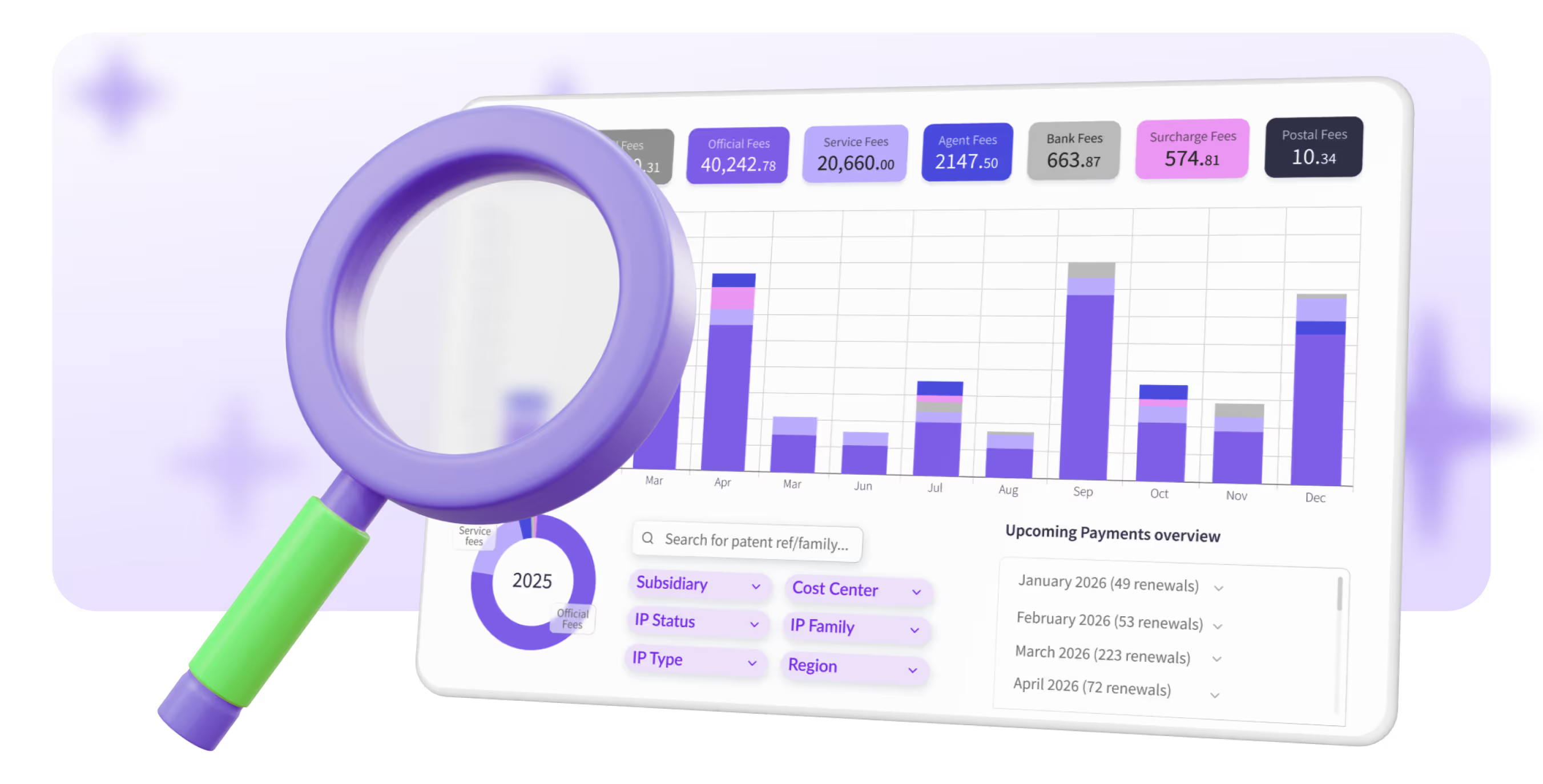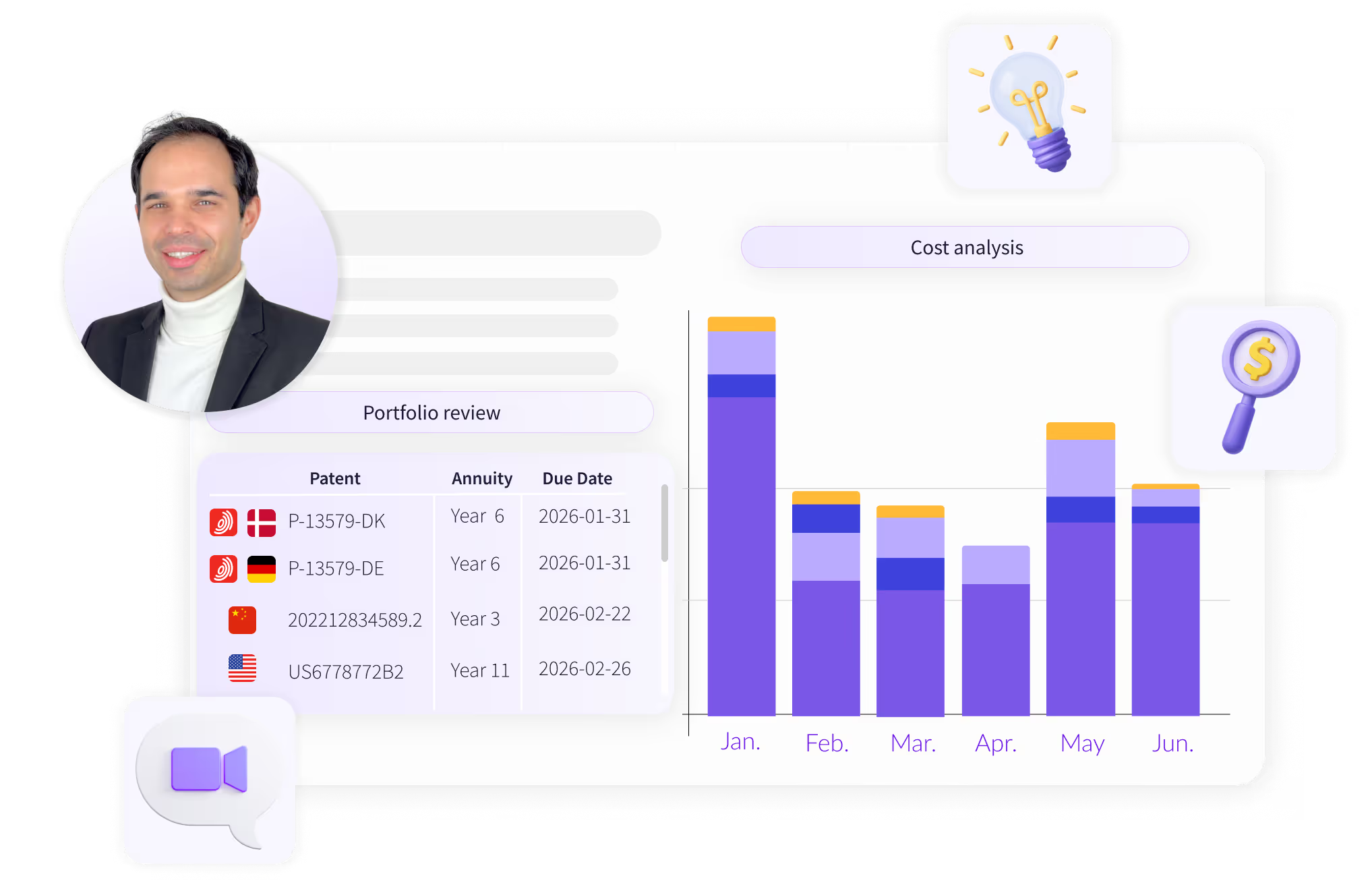TRY OUR NEW (FREE) IP RENEWAL COST CALCULATOR
Calculate
.png)
If you’ve ever wondered how to find out whether your invention is truly new before filing a patent, you’re thinking about a prior art search, one of the most important steps in the entire patent process.
A proper prior art search helps you avoid wasted patent filing costs, identify your competition, and understand whether your invention meets the novelty and non-obviousness standards required by law.
This guide covers what prior art is, why searches matter, how to perform one using official government databases, what examiners look for, and how businesses can integrate it into their innovation strategy.
The United States Patent and Trademark Office (USPTO) defines “prior art” as anything that was patented, described in a printed publication, in public use, on sale, or or in any other way available to the public before the effective filing date.
The European Patent Office (EPO) defines it as everything made available to the public “in any way, anywhere in the world” before the filing date.
In practice, prior art covers:
If it was publicly accessible, it can count as prior art regardless of the language or country.
A thorough prior art search brings both legal and strategic value to inventors and companies:
You can (and should) perform a search at several stages:
Not all patent searches serve the same purpose. Each type answers a different question about your invention or business goals, which is why it’s important to know when and why to use them.
Patent offices typically classify searches into four main types:
Each type is different, but all rely on identifying publicly available information that predates the filing date.
You can use official, free patent databases maintained by the world’s major patent offices:
These databases also link to CPC/IPC classifications, which group inventions into specific categories like chemical processes, medical devices, or software methods, so you can find related technologies more accurately and uncover results that keyword searches might miss.
Break your invention into its essential technical features. Identify its purpose, components, and unique aspects.
List synonyms, broader and narrower terms, and relevant CPC/IPC codes (available on USPTO and EPO classification search pages).
Use Boolean operators (AND, OR, NOT) as well as field tags (such as title, abstract and claims). For example, you can use AND to combine keywords and narrow results, OR to include synonyms, or NOT to exclude irrelevant topics. For even greater accuracy, use field tags to search within specific parts of a patent document. Combine keyword searches with classification filters for precision.
No single database covers everything. Run your search in at least two major sources (USPTO and WIPO, or EPO and JPO).
Review abstracts and claims first. Note down publication numbers, filing dates, and applicants. Keep a record of your search terms and databases used for future reference.

Patent examiners use similar methods but with access to specialized internal tools. Based on the USPTO’s Manual of Patent Examining Procedure (MPEP 2100) and EPO Guidelines for Examination, examiners check:
A strong search is broad enough to uncover global results and narrow enough to focus on truly relevant disclosures.
Patent searches don’t end once an application is filed or granted in fact, that’s when they become most valuable from a business perspective. You should look for new filings, infringements, competitors’ continuations, or emerging technologies that can all affect your rights.
Why should you conduct periodic post-grant searches:
What to look for in after-filing searches:
While free government databases are powerful, patent attorneys and professional searchers use advanced tools like Derwent Innovation, Orbit, or PatBase. These tools can:
If your invention is core to your business or you’re planning to file internationally, professional support is worth the investment.
Once you’ve filed and secured your patent rights, the next challenge is keeping them active across jurisdictions.
PatentRenewal.com automates the entire patent maintenance process from monitoring due dates to executing patent renewals giving you full cost transparency and savings up to 50% compared to law firms and other IP service providers.
Our platform provides a clear online overview of all your patent renewals, integrates invoices, and ensures compliance with every patent office worldwide, so you can focus on innovation while we handle everything else. Discover how PatentRenewal.com can simplify your patent maintenance.
What counts as prior art?
Anything publicly available before the filing date including patents, publications, products, or public demonstrations.
Do I need to do a prior art search before filing?
It’s not legally required but strongly recommended. It helps you assess patentability and strengthen your application.
How far back should I search?
At least 20 years, since that’s the average patent lifetime. However, older publications may still be relevant.
Are prior art searches international?
Yes. Patent rights are territorial, but prior art is global. A disclosure anywhere in the world can affect your U.S. or European application.
Can I do my own prior art search?
Yes, official databases like USPTO and WIPO PATENTSCOPE are open to everyone. Still, professional assistance improves accuracy.
Does a prior art search replace an FTO search?
No. A novelty search checks if you can get a patent. An FTO search checks if you can safely make or sell your product without infringing others’ rights.
Interested in a free IP renewal consultation? Benchmark your current IP renewal setup and costs against market standards.
